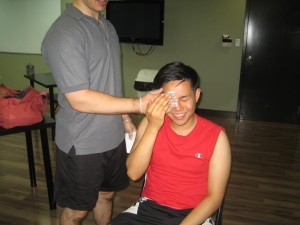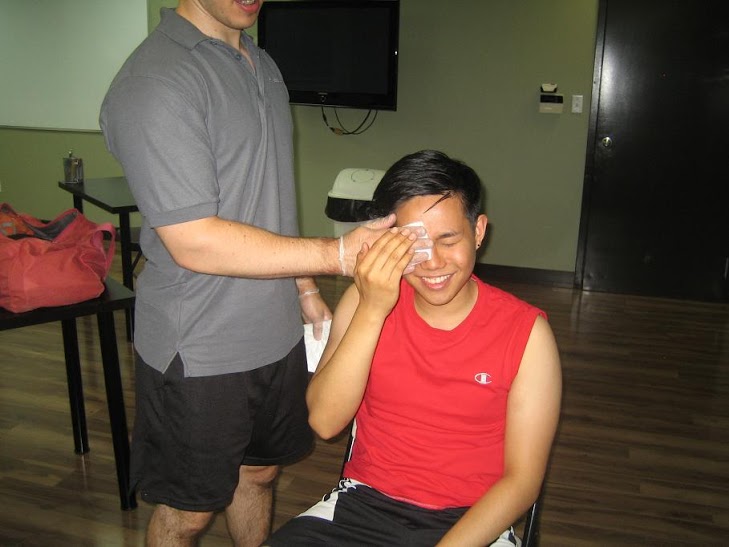The development of a cataract is mostly age related, often seen in patients in their 6th decadeof life and is, thus, considered to be more of a degenerative condition rather than a disease. However, being considered as age related could be misleading as people may be starting to develop a cataract early on, during their 50s or even 40s, but is still too small to significantly affect vision.
The progressive cloudiness of the normally clear lens is brought about by the denaturation and clumping together of the proteins found in the lens. As light or an image enters the eyes, the principal role of the normally clear lens is to focus this light or image before it reaches the retina, the light sensitive area at the back of the eye. In doing so, one is able to see an image clearly. However, the congregation of proteins that block and scatter some of the light from reaching the retina prevents a good focus of the image. This results to the progressiveblurring of one’s vision as the cataract gets bigger. Moreover, the clear lens may develop some discoloration, usually a brownish shade, over time that may contribute to the difficulty of the person to see.
To learn how to manage vision problems or problems with the eyes, such as cataracts, enroll in First Aid Courses.
Causes of Cataract
Although a cataract is often considered to be age related, other conditions and factors can predispose a person to develop cataract. These are as follows:
- Radiation cataract: Brought about by the effects of long term exposure to UV light and/or radiation
- Secondary cataract: Brought about by the effects of diseases like diabetes, hypertension, atopic conditions and the use of corticosteroids
- Traumatic cataract: Brought about by the effects of a previous eye injury
- Congenital cataract: The development of a cataract is seen upon birth or during childhood
- Smoking and alcohol use are also said to be risk factors
Symptoms of Cataract
Symptoms of a cataract may only be noticeable once it becomes large enough to affect vision. These symptoms are as follows:
- Gradual, progressive and painless blurring of vision
- Presence of “second sight” wherein near vision in cataract patients improves initially due to the increased convexity of the lens surface. However, this is short lived and the vision worsens, as the cataract gets bigger.
- Decreased contrast sensitivity
- Glare
- Halo surrounding lights
- Poor night vision
- Double vision

Treatment for Cataract
The only effective treatment for a cataract is surgery, wherein an artificial lens is used to replace the cloudy lens. The two types of cataract surgery are:
- Phacoemulsification or Small Incision Cataract Surgery: This is the more common surgical technique done today wherein ultrasound waves are used to break the lens into small enough pieces that can be suctioned off.
- Extra capsular Cataract Extraction: This surgical technique involves the use of a longer incision on the side of the cornea to remove the cloudy lens.
However, when the cataract is still small and does not impede vision significantly yet, other symptoms may be improved with the use of the following:
- Anti-glare sunglasses
- Eyeglasses with a higher grade
- Magnifying lenses
- Brighter lighting
A cataract is the most common cause of remediable blindness worldwide and is characterized by the progressive clouding of the normally crystalline lens.

